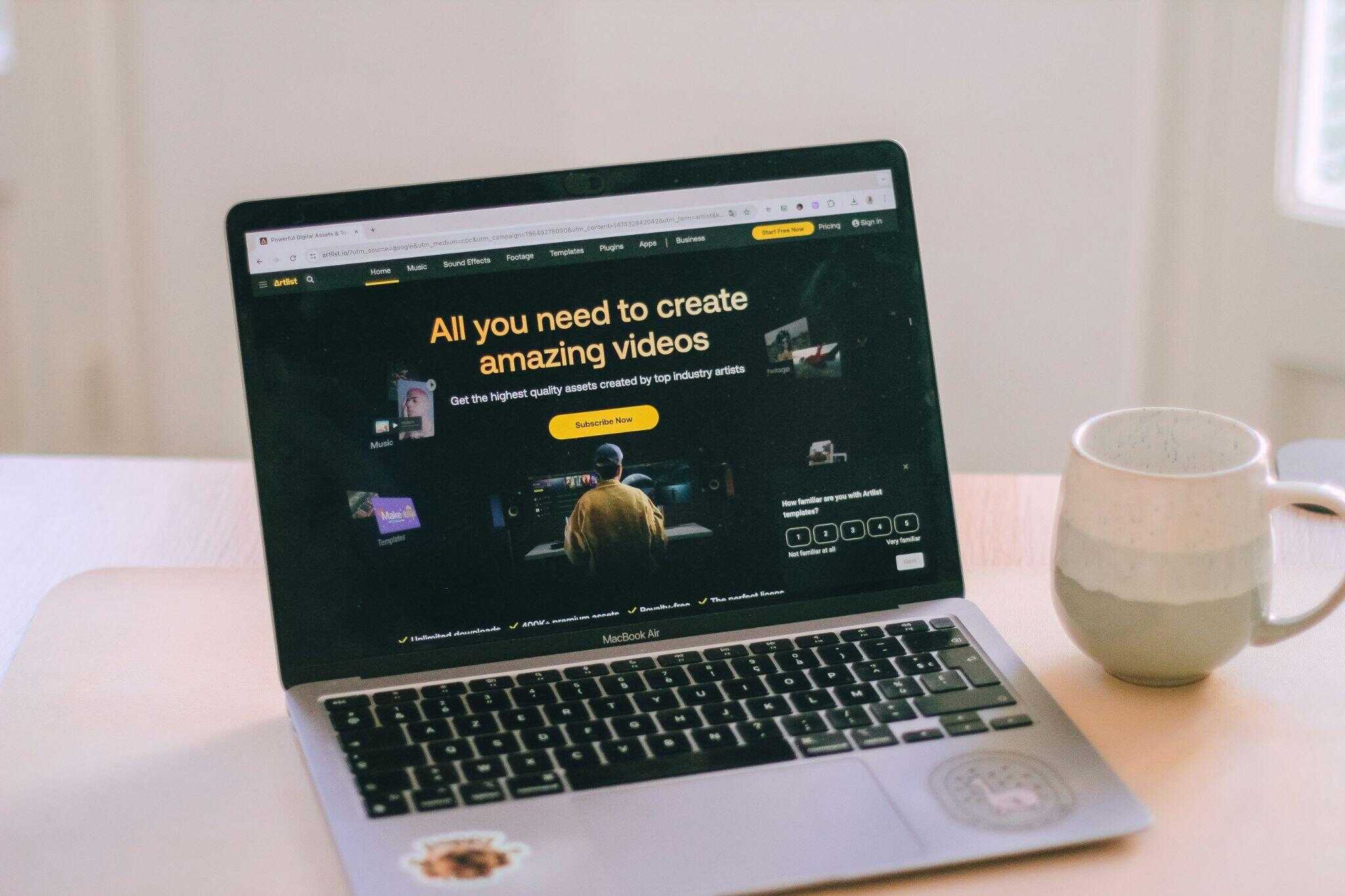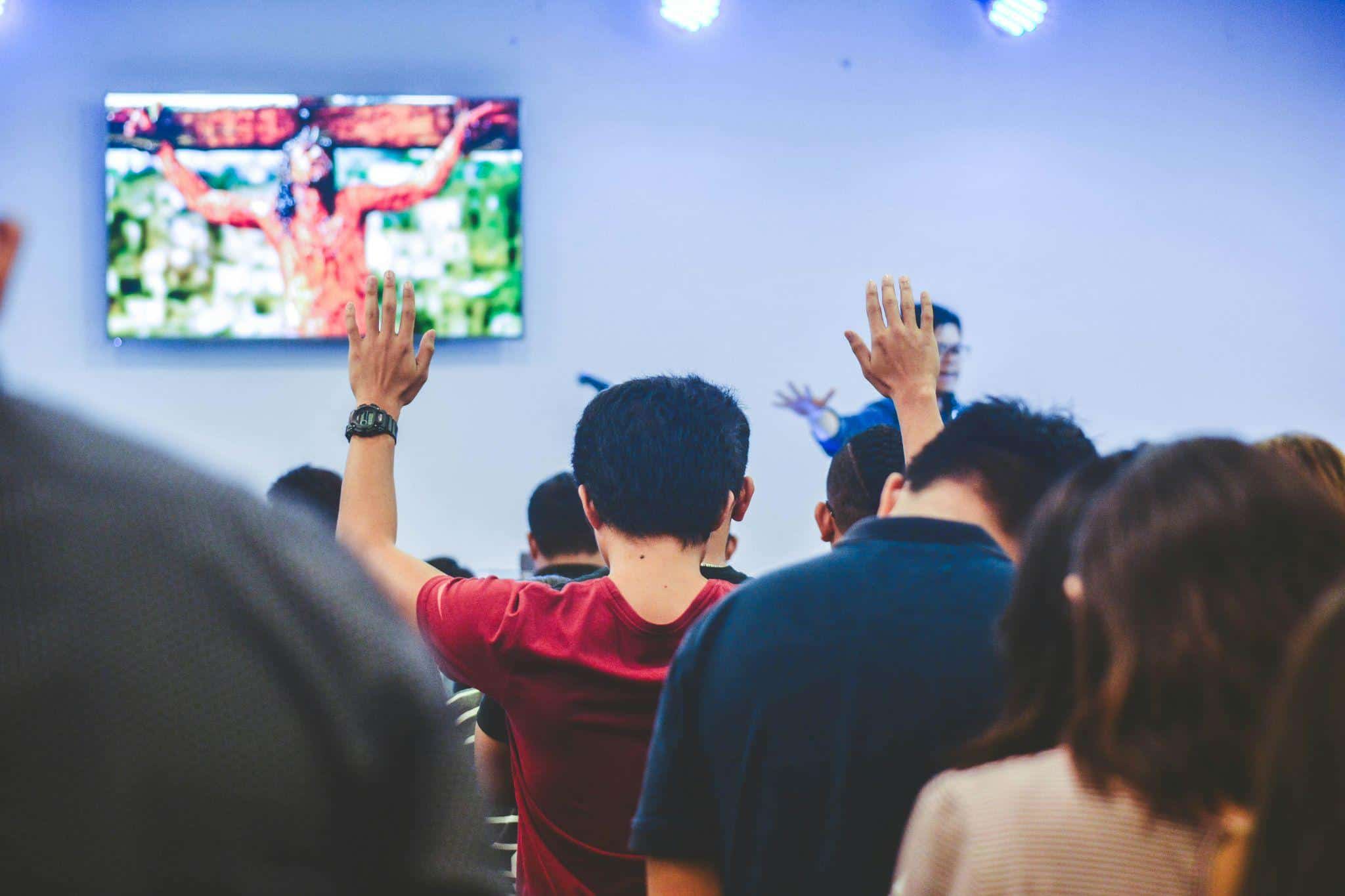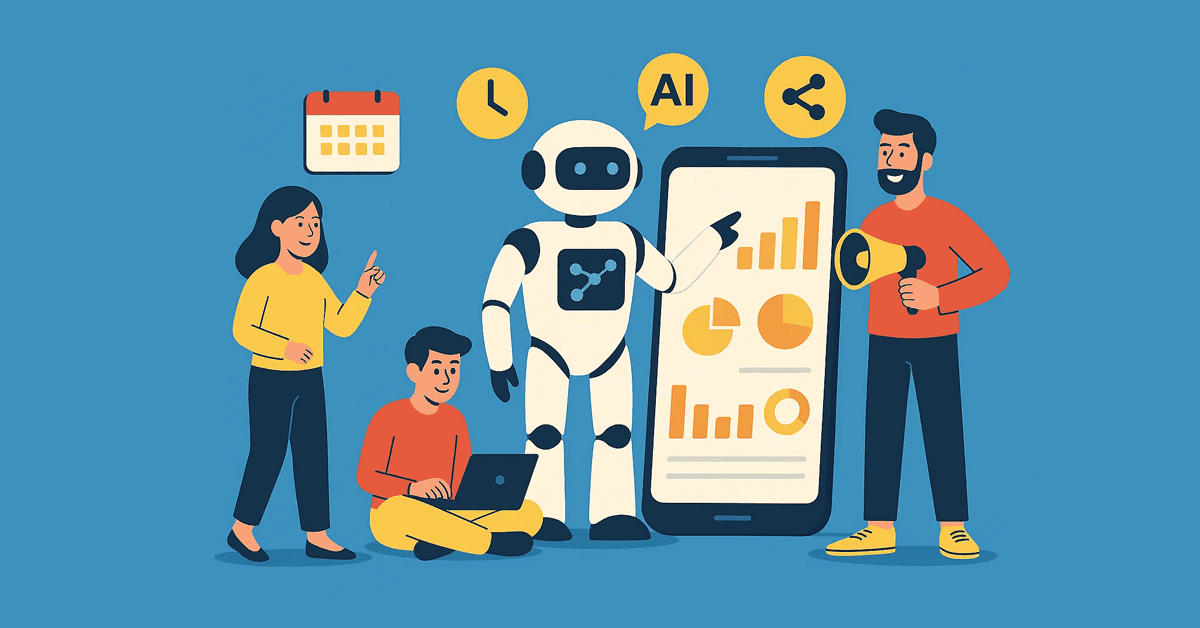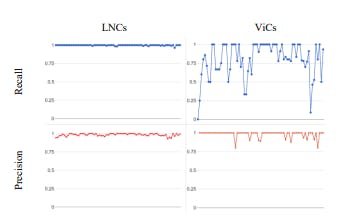In the past, the use of social media tools was simple: planning your content. Brands would take photos, think of captions, then schedule a post to go live at the best time. This way, they were not posting several times during the day, and they were able to keep their audience’s feeds filled and organized.
Social media has changed dramatically since then. Simply posting is no longer enough. There is so much competition, trends shift at a moment’s notice, and the average user has a mere few seconds to catch their attention. Brands need more than management from their social media tools; they need prediction, personalization, and preemptive decision-making that helps market, and not just support marketing.
This is where the emergence of AI-driven social tools like comes in. Brands can learn how to plan smarter, track performance more accurately, and at the end of the day, test clear actions based on data points, and not just a scheduled post.
The evolution from a simple approach of content scheduling to a deeper strategy using social media and content could be considered one of the greatest evolutions in modern marketing. Businesses don’t just want an online presence or the time they spend online; more than anything, they want to know what their user audience is really wanting, thinking, and feeling, and how their users think about formats and content types that drive results.
AI allows that because it can quickly process large quantities of data — something humans simply cannot do at that speed and capacity. Again, AI is not replacing marketers. Instead, AI provides marketers with insights that would take hours or days of manual work to obtain. And, even in places like social media, AI allows teams to spend more of their time on quality ideation, creativity, and building the brand.
Previously, a social media manager relied upon guesswork. They posted based on intuition. Success was based on likes and comments. Today, AI tools exist to provide a deeper sense of clarity. AI tools can study patterns, analyze competitors, observe customers’ behavior, and even predict the type of posts that will or will not work next week.
This leads to more disciplined and clear decision-making based upon real numbers, not assumptions. And this has opened up a new avenue where social media has moved from just a channel of communications to now being part of a business’s strategy.
Why posting alone is not enough anymore
Source: Unsplash
When social media was simple and less crowded, posting regularly was all you needed to do. But now every brand is online. Every industry has competitors looking to grab the same attention from the same audience, and timelines are full of ads, campaigns, and very similar content. If a business schedules posts and “shows up” online, it can expect to be lost in the clutter.
Consistency is a factor, but consistency without a strategy is not going to drive conversion. The audience is looking for value, a personality, and relevance. They want content that appears to be made for them, not something someone pushed out of a queue that was preset queue.
This is where many brands have challenges. They publish all of the time, but really do not know what is working or why something is failing. Without data, they are all shooting in the dark. AI tools help start to fill that gap. What is the audience reacting to? What posts and post types are generating clicks, or what topics are bringing the audience back?
Instead of posting for the sake of posting, brands move towards posting with intent. That may look like stronger engagement, greater loyalty, and a higher likelihood of conversion over time.
AI tools now support the entire content journey

Source: Unsplash
Modern platforms powered by AI do not simply function as upload-and-schedule software. They simultaneously act as partners in planning, management, and optimization. Each phase of the content cycle becomes more intelligent as AI learns from actual behaviors, not projections
With the rise of AI agents, these tools are now capable of taking autonomous actions — such as suggesting ideas, prioritizing tasks, and triggering responses — without waiting for a marketer to initiate every step.
The generation of ideas for social media marketing has always been one of the more difficult parts of the content cycle. Teams can sit for hours brainstorming what to post next. AI tools can help discern trending topics, seasonal demand, or keyword patterns. Just as AI recruitment software streamlines candidate sourcing and screening through intelligent insights, AI-driven social platforms make content ideation more efficient and data-backed.
If a conversation is happening online, AI brings it to the user’s attention in real-time. This assists brands in remaining relevant and acting before their competition. Instead of brainstorming content from scratch, marketers can make data-informed decisions in generating ideas around what is tagged as popular or trending, or has online buzz.
Then there is content creation. Some AI tools now assist in suggesting captions, headlines, hashtags, or image clicks based on information about tone, style, and audience behaviour. The local business that has historically struggled to write content can now write content faster with more confidence.
Even in the post-publishing cycle of content, AI continues to be active. AI monitors and tracks interaction, responds to messages and comments, and learns what produces the best outcomes for a brand and its audience.
Furthermore, automated approval systems can streamline the process of content approval, ensuring that content is reviewed and authorized quickly without manual intervention.Over time, the AI will develop the data patterns that will signal the best times to post, what topics to post content about, or what format or approach will be best for audiences when it comes time to post. Each subsequent campaign will be smarter than the previous one.
Understanding audience behavior with AI

Source: Unsplash
The greatest strength of AI tools, such as AI virtual receptionists, lies in the ability to understand people; social media centers on human behavior. When a brand understands how its audience thinks, it can develop a communication strategy that feels personable. AI monitors engagement signals that humans cannot measure at scale in a manual way.
They understand how long someone has viewed a post, how many times they have rewatched corporate marketing videos, and what types of content they save or share privately. This matters because private engagement is often social engagement that carries more weight than public “likes.”
Instead of making assumptions about what its customers want, a business can understand that clearly with this type of insight. If a clothing store publishes images and reels and learns through AI that only reels get visits to the company’s website, that business learns the video content has a greater success rate.
Based on private engagement, if a food brand’s post finds recipes work more than product ads, they can change direction from paying providers to build engagement. Rather than spending time on publishing content that has not been properly converted or previously tested, our teams now work towards what they know is going to work.
Predicting what will work before posting
A prominent contribution of AI is that of prediction. Conventional-accessible assets will merely inform you of what happened in the past. AI-based tools are capable of attempting to ascertain what future actions to take. This becomes feasible as a part of system-based pattern and sentiment analysis.
When the system detects an increase in interest in a specific trend, it can suggest that brands post about it before the channel has reached its peak. As you can imagine, brands that post given these correlations will generally receive greater visibility. This is one reason social media teams that leverage predictive marketing using AI tools generally see faster growth. In B2B, the same AI-powered pipeline forecasting techniques are used to connect those engagement spikes to opportunities and revenue forecasts.
Prediction also most assuredly encompasses any timing analysis. AI tool blocks will include the study of when followers are online, which days receive the most favorable response, and if different formats last longer than others.
Instead of developing a schedule based on participant convenience, brands create a scheduler based on optimized event patterns, and in weeks and months, the increase occurs by default without any added workload on their part.
Managing conversations and reputation

Source: Unsplash
Social media serves a purpose beyond just posting. A lot of success comes from responding to customers and developing relationships. AI tools help with this when you receive a lot of messages, tags, comments, or questions that require a response.
For example, if a customer asks about the price, where your store is located, or if they need support from customer service, they will receive a response via AI in seconds with Telebusocial Whatsapp chatbot. This vastly decreases their wait time, which improves their experience.
In terms of reputation management, AI listens to mentions of your brand across different platforms. It identifies whether people are speaking positively or negatively about your brand. If the volume of complaints is growing in comments or reviews, marketers can attempt to address the issue before it becomes more widely recognized as negative. Proactive management of an issue can also protect trust in the brand.
The biggest advantage of AI monitoring is for small teams that typically cannot monitor conversations on thousands of accounts and content posted daily manually.
Turning analytics into a real strategy
The majority of businesses don’t have a challenge obtaining data. The challenge is interpreting it. Standard analytics tools provide numbers but no interpretation.
AI is the translator of data into decisions. Rather than showing charts and raw metrics, AI gives you conclusions like which campaign is worth repeating, which type of post performs best, which platforms receive the best ROI, or which audiences are more likely to convert.
This gives businesses the ability to put energy into the right places. When brands continue posting without measuring performance, money is wasted. With AI, social teams can test campaigns faster, eliminate bad ideas sooner, and grow the best campaigns. Over time, the strategy becomes more about making rational decisions than trial and error. This lowers risk and increases results.
How AI supports small businesses and solo creators
Not all organizations have a large marketing department that will take the work off a small business owner’s plate. A lot of small businesses operate under the model where one person runs their social media while handling tons of other responsibilities. AI tools really level the playing field (and reduce pressure) on that burden.
A single person can accomplish work that once needed multiple people. The planning phase, scheduling posts, writing captions, engagement, monitoring, and reporting can all be automated. This saves hours over the course of a week.
The stakes are much higher for small businesses in terms of being fast. Small businesses do not have the luxury of time to react to trends. They cannot afford to bring on an analyst to sift through the data. At some point, AI becomes a partner in making it possible to compete. When a trend starts to take off, AI cues their attention.
When a post takes off, AI might suggest boosting that post. When an audience starts to lose interest, AI shows that the content direction needs to change. This gives smaller brands no different strategic advantage when it comes to an agency where the larger companies are paying big bucks for.
Why AI will not replace marketers
Social media continues to be run by emotion and not by automation and data alone. They can recommend awesome content, but only humans understand the deeper perspective of brand voice and storytelling. AI can provide excellent support, but it is not a substitute. Shadcn AI is there to have your back, and to perform routine, repetitive work, so you can spend more time on ideas, creativity, and relationship building.
AI doesn’t feel the same depth of culture or humor as a human, and AI only becomes valuable when paired with human knowledge and insight. The best methodology happens when humans make decisions, and AI supports those decisions.
Trust comes from creative work by human beings. AI assists in speeding up processes and making people smarter. Together, they are part of a more useful marketing process.
The future of AI-powered social media
Social tools are still evolving. In the future, AI may personalize content for each follower. It may adjust captions based on user preferences. It may plan campaigns automatically based on business goals. Instead of guessing which platform will work, AI will allocate content according to audience behavior.
As more brands adopt AI, the advantage will shift from presence to personalization. Posting will not be enough. Strategy, relevance, and speed will matter more. Companies that start using AI now will be ahead of the competition later.
Final Thoughts on AI Tools That Do More Than Just Post
Social media has grown far beyond scheduling posts. The online world is noisy and competitive. Brands need strategy, insight, prediction, and automation to stand out. AI tools deliver all of this.
They study audience patterns, suggest content ideas, predict trends, and measure performance in real time. They help businesses save time while improving results. Whether it is a large company or a small creator, AI makes social media smarter, faster, and more effective.
The companies that treat social media as a strategy, not just posting, will build a stronger digital presence. AI tools give them the ability to listen better, engage faster, and plan content that matches real audience behavior. Posting keeps a brand visible, but strategy keeps a brand growing. AI makes it possible to do both at the same time.
FAQs
1. Do AI social media tools completely replace human work?
No. AI tools support marketers, but they do not replace human judgment. They handle repetitive and time-consuming tasks like scheduling, monitoring, and reporting. Humans still decide tone, creative direction, storytelling, and brand voice. The best results come when both work together.
2. How do AI tools predict what type of content will perform well?
AI studies past posts, engagement patterns, audience activity, and trending topics. From that data, it identifies what style, timing, and topics are likely to bring higher reach or interaction. Instead of guessing, marketers get recommendations backed by real numbers.
3. Can AI help small businesses?
Yes. Small teams and solo creators benefit the most because AI saves time and reduces workload. It helps them plan posts, reply to messages, track trends, and analyze results without hiring a large team.










